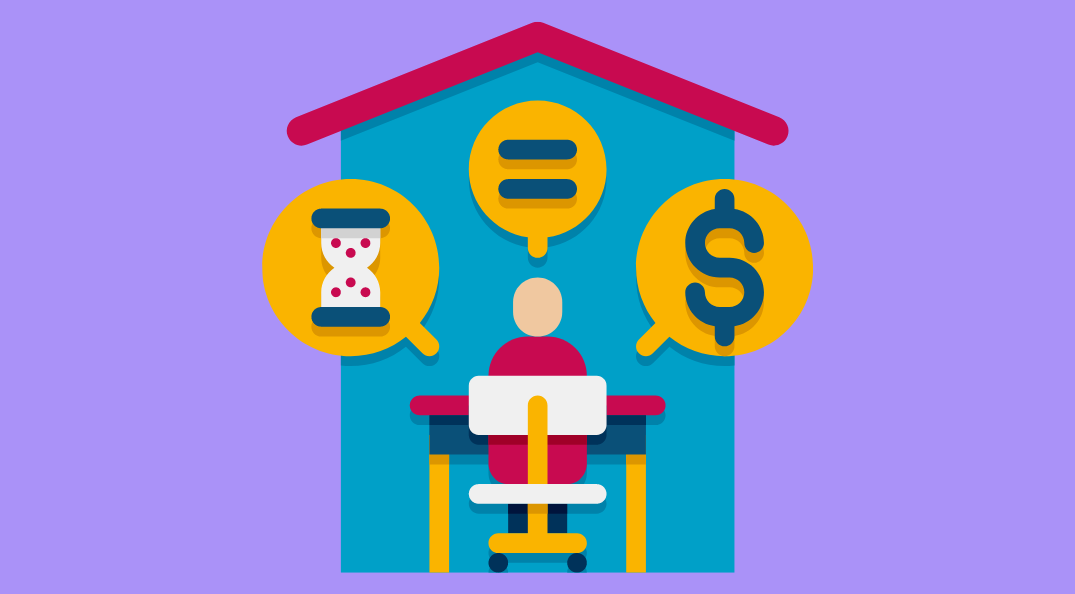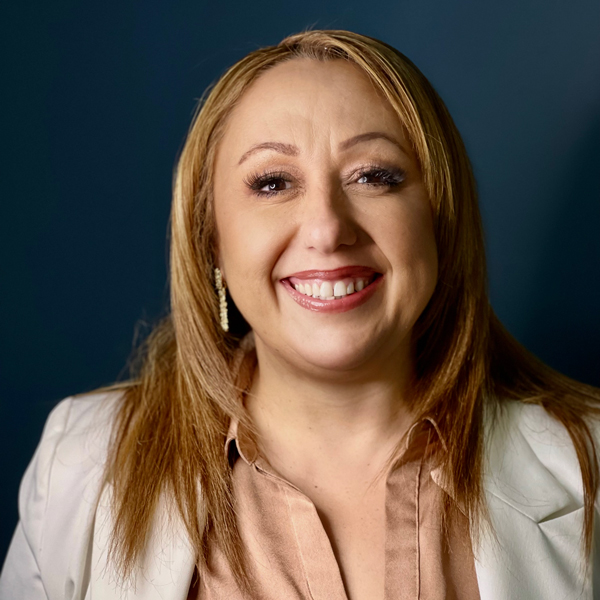
Superannuation - Risk Levels
Taking care of your superannuation is just as important as taking care of your taxes and business expenses as a self-employed individual.
While you don't need to pay super to yourself, it might help you feel more secure about your finances during retirement. Regular or lump sum payments can usually be claimed as a tax deduction, and you may be able to save tax.
Contributions to your super account will only be taxed at 15%. In some cases, this may be a tax concession compared to your usual tax bracket.
It is possible for you to make contributions to your pre-existing super fund once you become self-employed. For your contributions to be added to the fund, you simply need to provide your tax file number (TFN). Another option is to choose a new fund.
You can contribute to the fund in two ways, depending on how you receive income:
- Wage: Make regular transfers to the super fund from your pre-tax income (such as by salary-sacrificing).
- Income from business revenue: Transfer lump sum amounts when there is sufficient cash flow from your business.
If you make contributions to the super fund from your pre-tax income, then you can claim tax deductions for them. Your overall taxable income is reduced as well. Ensure you complete a ‘Notice of intent to claim’ to receive this deduction.
There are limits to the amount of money you can contribute to your super every financial year:
- Up to $27,500 in concessional contributions (from pre-tax income, so you can claim a deduction)
- Up to $110,000 in non-concessional contributions (from after-tax income)
For example, employers contribute a minimum of 10.5% of an employee’s earnings to their super (since July 2022) - if you are not sure how much to contribute, this could be a starting point.
For Example - How Your Concessional Contribution Can Work
You claim a tax deduction for your superannuation contribution above what your employer paid, up to the limit (currently $27,500), and will receive a refund of your marginal tax rate. In this example, we’ll say that it’s 34%.
But, your fund pays 15% tax. So if you put $10,000 into your fund, you should receive a tax refund of $3,400 (34%) cash into your pocket. However, the fund pays $1,500 (15%) in tax, which comes from your contribution.
This 15% will go up to 30% when your adjusted income is above $250,000, but your savings will be 47% instead of 34%.
If you are a low to middle-income earner, then you may meet the eligibility criteria to receive government super contributions. The government will determine how much you are entitled to when you lodge your tax return. If you're eligible, the government will pay the co-contribution directly to your fund.
Although it may be challenging to make super contributions when self-employed, consider starting off the process so that when you are in your retirement period, you have some financial security.
Thank you for reading!
Should you have any queries in regards to the above please contact our office on (03) 9728 1448
The TAS Team
3/653 Mountain Highway, Bayswater VIC 3153
Dorothea Farmakis (CPA)
Director
Dorothea, our CPA Qualified Accountant (Registered Tax Agent), has over 25 years experience within international corporate firms in Accountancy, Funds Management and Asset Management for firms such as HSBC, P&O, Lend Lease and more.
Specialisations
Hospitality
Manufacturing
Real Estate
Agriculture
The information contained in this publication is for general information purposes only, professional advice should be obtained before acting on any information contained herein. The receiver of this document accepts that this publication may only be distributed for the purposes previously stipulated and agreed upon at subscription. Neither the publishers nor the distributors can accept any responsibility for loss occasioned to any person as a result of action taken or refrained from in consequence of the contents of this publication.

